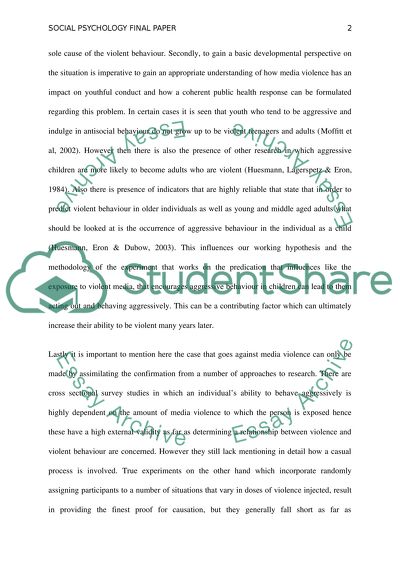Cite this document
(“Effect of media violence on children Essay Example | Topics and Well Written Essays - 2500 words”, n.d.)
Retrieved from https://studentshare.org/psychology/1425406-effect-of-media-violence-on-children
Retrieved from https://studentshare.org/psychology/1425406-effect-of-media-violence-on-children
(Effect of Media Violence on Children Essay Example | Topics and Well Written Essays - 2500 Words)
https://studentshare.org/psychology/1425406-effect-of-media-violence-on-children.
https://studentshare.org/psychology/1425406-effect-of-media-violence-on-children.
“Effect of Media Violence on Children Essay Example | Topics and Well Written Essays - 2500 Words”, n.d. https://studentshare.org/psychology/1425406-effect-of-media-violence-on-children.


